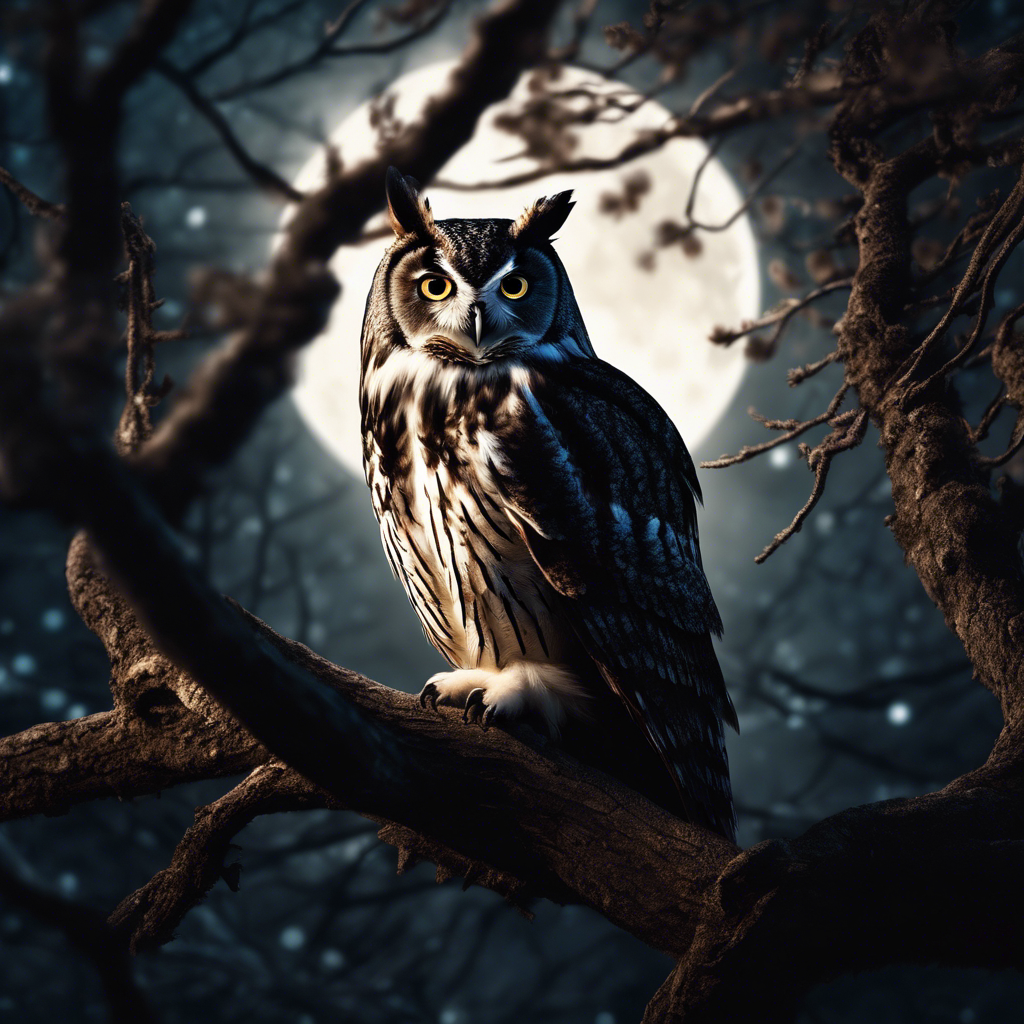In my experience as an avian ecologist, I’ve spent countless nights under the stars, observing the secretive lives of owls.
I believe their social patterns are a window into their souls.
Once, while tracking a Great Horned Owl, I witnessed its solitary vigil, a testament to its independent nature.
But my most memorable encounter was with a convocation of Long-eared Owls, their communal roosting a stark contrast to the norm.
These moments not only deepened my respect for these creatures but also highlighted the diversity within their ranks, shaping my understanding of their adaptive strategies for survival.
Key Takeaways
- Owl social structures vary across species, with some owls preferring solitary roosting while others form flocks during migration.
- Female owls often display independence when raising young, emphasizing their ability to handle parental duties on their own.
- Mating and pair bond tendencies vary among owl species, with some forming monogamous relationships while others are more solitary with shorter-term bonds.
- Owls exhibit a spectrum of group behaviors, ranging from solitary roosting to engaging in communal activities like foraging and preening.
Owl Social Structure
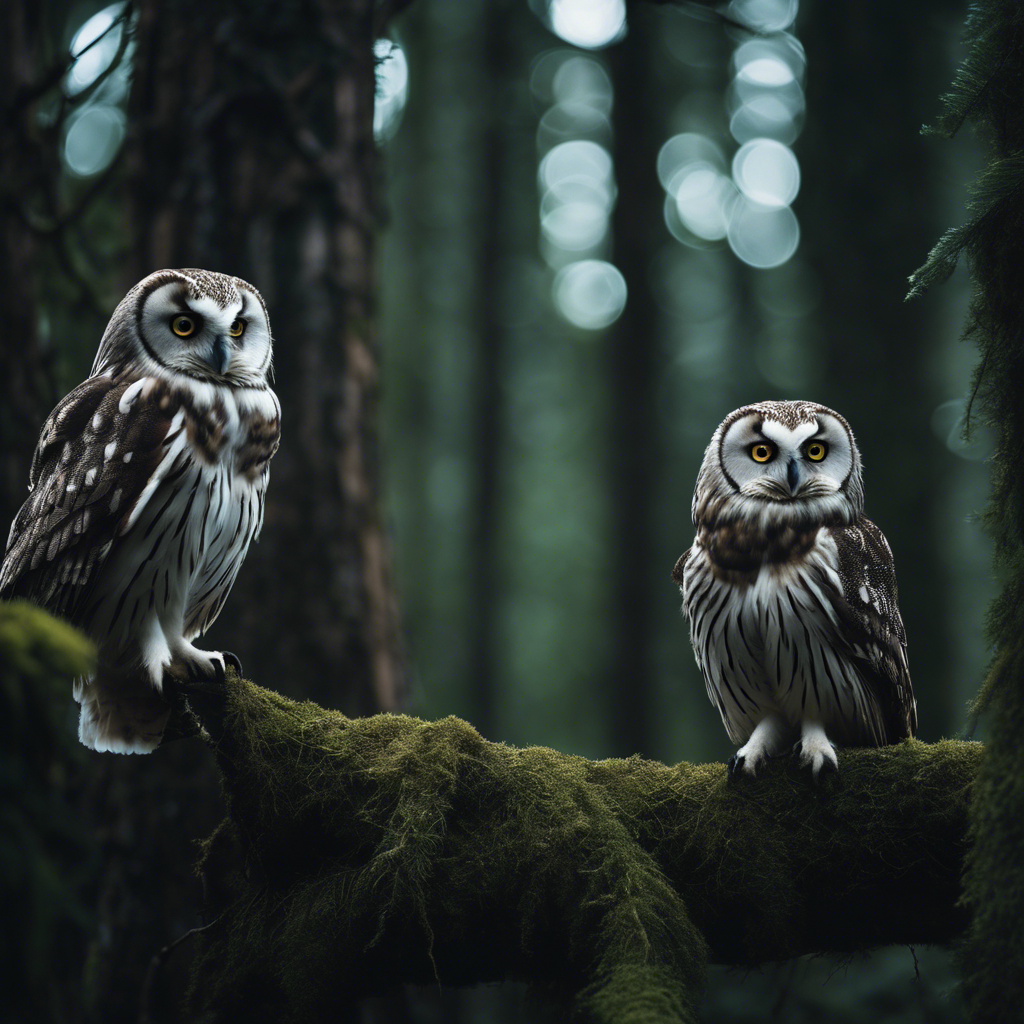
Owl social structures vary significantly across species, with behaviors ranging from solitary roosting to forming complex flocks during migration.
Different species of owl exhibit distinct social habits; for instance, Great Horned Owls typically prefer to roost alone, showcasing a more solitary lifestyle.
In contrast, the Long-eared Owl can be observed joining large flocks for the migration journey.
Female owls often display independence, especially when raising their young away from their mates.
While Barn Owls and Screech Owls may seek companionship, forming long-lasting pair bonds and engaging in cooperative activities like foraging and preening, others maintain a more isolated existence.
These variations in owl social structure highlight the adaptability and diversity within the avian group.
Mating and Pair Bonds
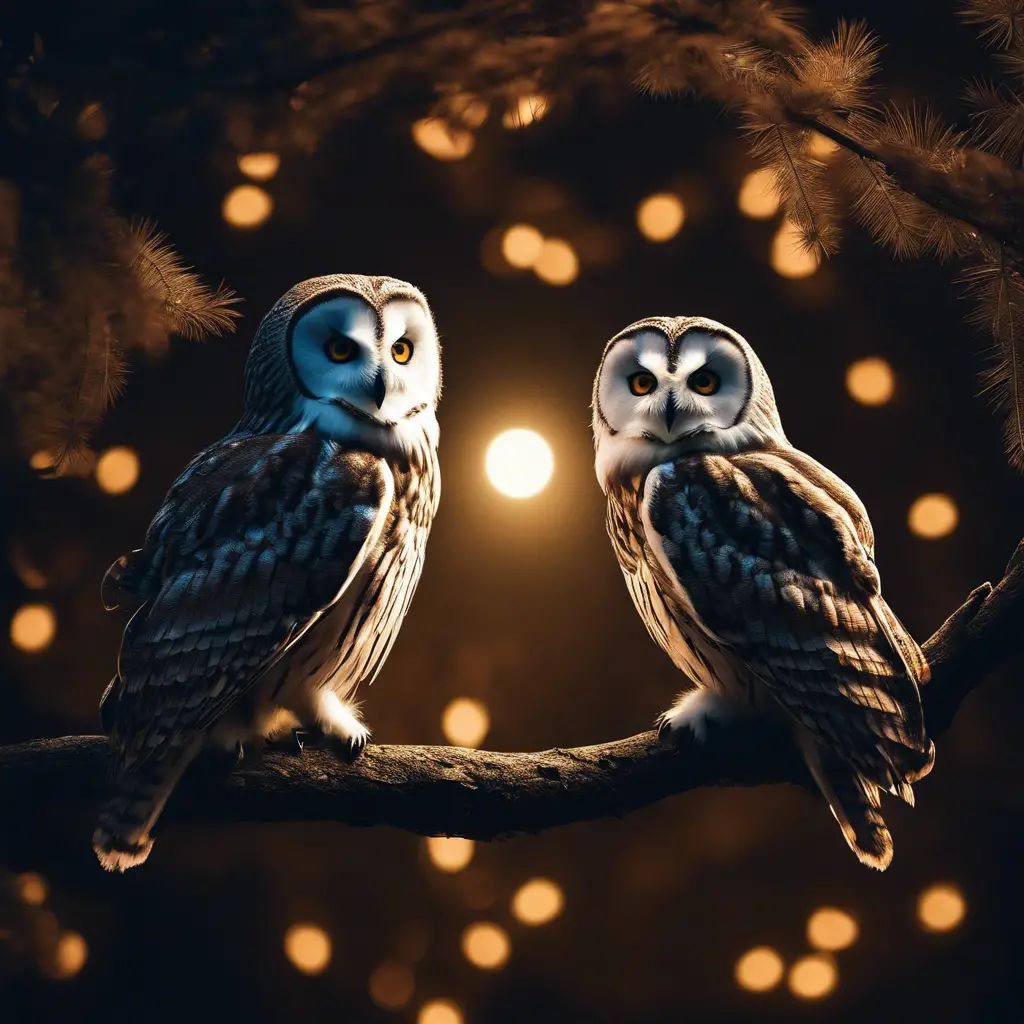
While individual preferences and environmental factors shape the solitary or gregarious tendencies of different owl species, their mating behaviors and pair bonds offer a more intimate glimpse into their social dynamics. Different Types of species of owls exhibit distinct mating and pair bonds. For instance, Barn Owls tend to form monogamous relationships, often breeding with the same partner for life. In contrast, the Long-eared Owl may not maintain such long-term bonds.
Here’s a concise overview of pair bond tendencies among select owl species:
| Species | Pair Bond Characteristics |
|---|---|
| Barn Owls | Monogamous, potentially lifelong partnerships |
| Screech Owls | Monogamous during breeding, less so afterward |
| Pygmy Owl | Tends to be solitary, with shorter-term bonds |
Food availability, territoriality, and parenting duties significantly influence these behaviors.
Group Behavior Observations
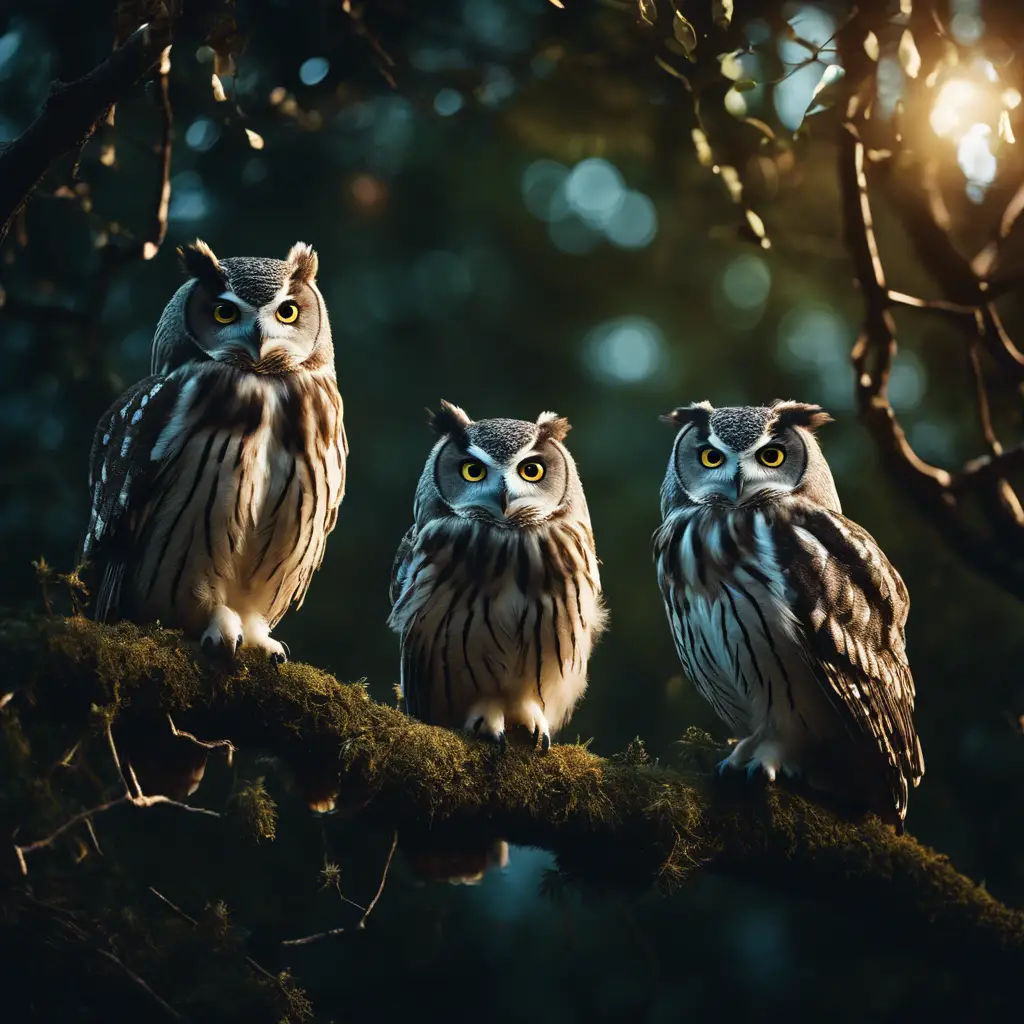
Observing various owl species reveals a spectrum of group behaviors, from solitary roosting to forming intricate social networks during different life stages. Owls often exhibit species-specific tendencies: some are notorious loners, while others maintain pair bonds or small family groups.
Owls prefer solitary lives mainly due to their roosting preferences and territorial nature as birds of prey. However, group behavior observations indicate that social interactions aren’t absent. They may roost alone, but during breeding, some species in the world of owls demonstrate remarkable social bonds.
Post-mating, these bonds can be transient or enduring. Even as nocturnal hunters who hunt at night, certain owls engage in communal activities like foraging and preening, with social dynamics varying by species and season.
Solitary Vs Social Species
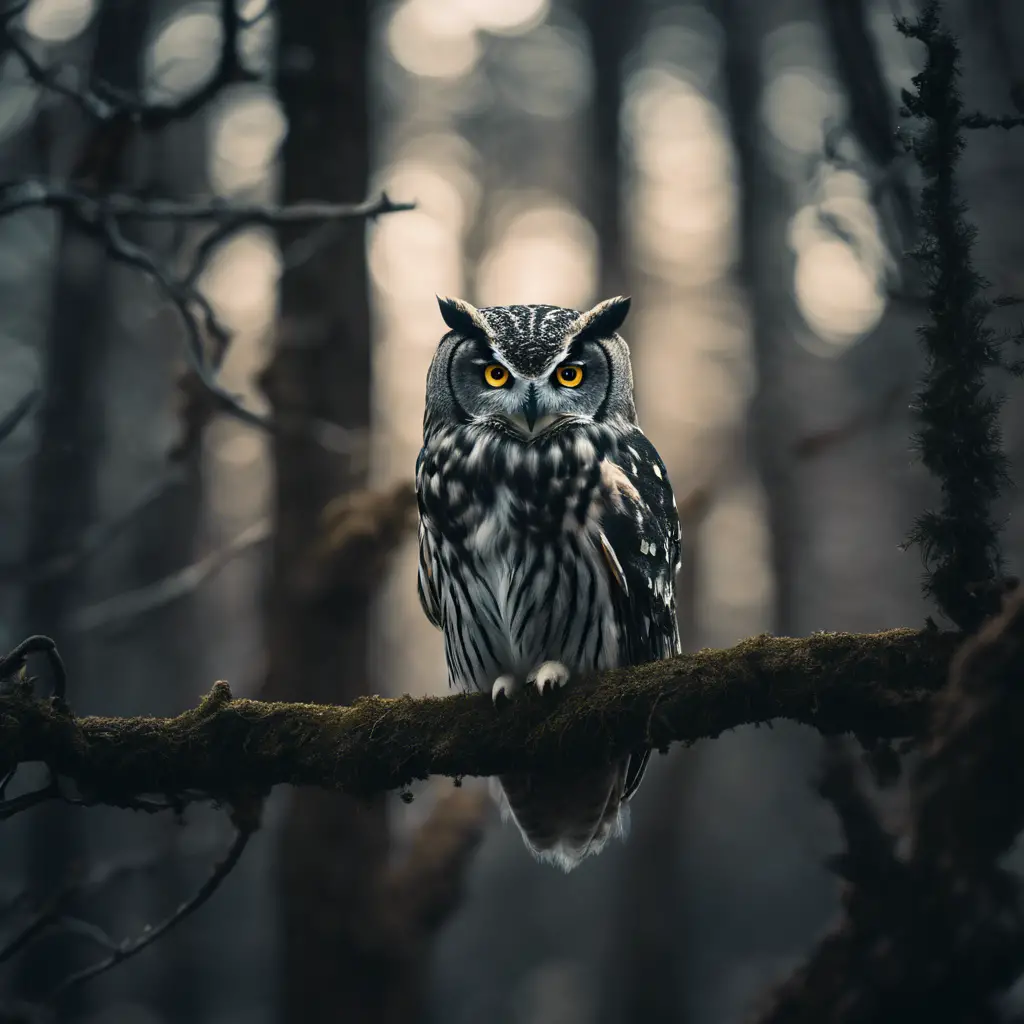
Despite these observed social interactions, the distinction between solitary and social species of owls is quite pronounced, with some like the Great Horned Owl leading mostly isolated lives, while others such as Barn Owls often seek out the company of mates or family groups. In North America, the Long-eared Owl, which is usually found in more substantial numbers, can form flocks of up to 30 during migration, showcasing a different social dynamic.
| Species | Solitary Vs Social | Notable Behavior |
|---|---|---|
| Great Horned Owl | Solitary | Prefers isolation |
| Barn Owl | Social | Forms family groups |
| Long-eared Owl | Social (seasonal) | Flocks in migration |
Owls’ preferences for being solitary vs social species are diverse, reflecting the complexities of their behaviors in the wild.
Frequently Asked Questions
Do Owls Like to Be Alone?
You’re curious if owls enjoy solitude. It depends on the species; some prefer being alone, while others form bonds or groups, especially during migration or when maintaining a year-round partnership with a mate.
Are Owls Social or Loners?
Owls exhibit varied social behaviors; some are loners, while others form pairs or groups, especially during migration. Your observations depend on the species and the time of year.
What Does It Mean When an Owl Hangs Around Your House?
If an owl’s hanging around your house, it’s likely seeking food, shelter, or a nesting site. You’re witnessing its natural behavior as it adapts to the environment your home provides.
Do Owls Hang Out Together?
You’ll find that some owls do hang out together, especially during breeding season or when forming long-term pair bonds, while others are more solitary and prefer their own company.
Conclusion
You’ve learned that while owls are often solitary, their social behaviors can vary. Species like the Great Horned Owl and Barn Owl are typically loners, except during mating.
Conversely, Long-eared Owls may flock together during migration. Remember, the degree of sociability depends on the species and their ecological demands.
Despite these differences, each owl’s behavior is an adaptation to its environment, balancing solitude with social interaction as needed for survival and reproductive success.

An avid ornithologist, zoologist and biologist with an unwavering passion for birds and wild animals.
Dr. Wilson’s journey in ornithology began in childhood and led him to obtain a Ph.D. in Ornithology from the prestigious Avian Research Institute. He has worked closely with renowned experts in the field and conducted extensive research and field studies globally.

